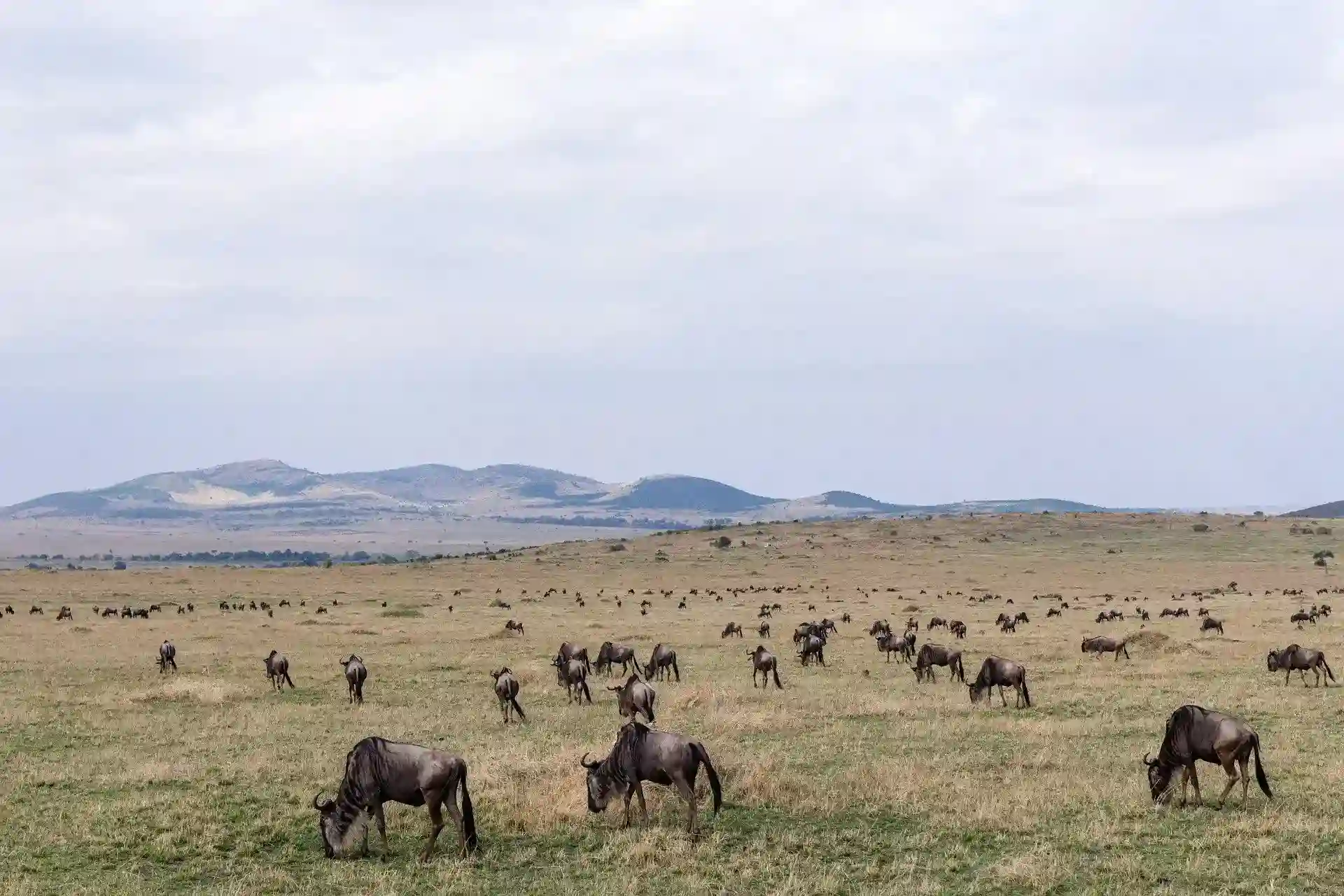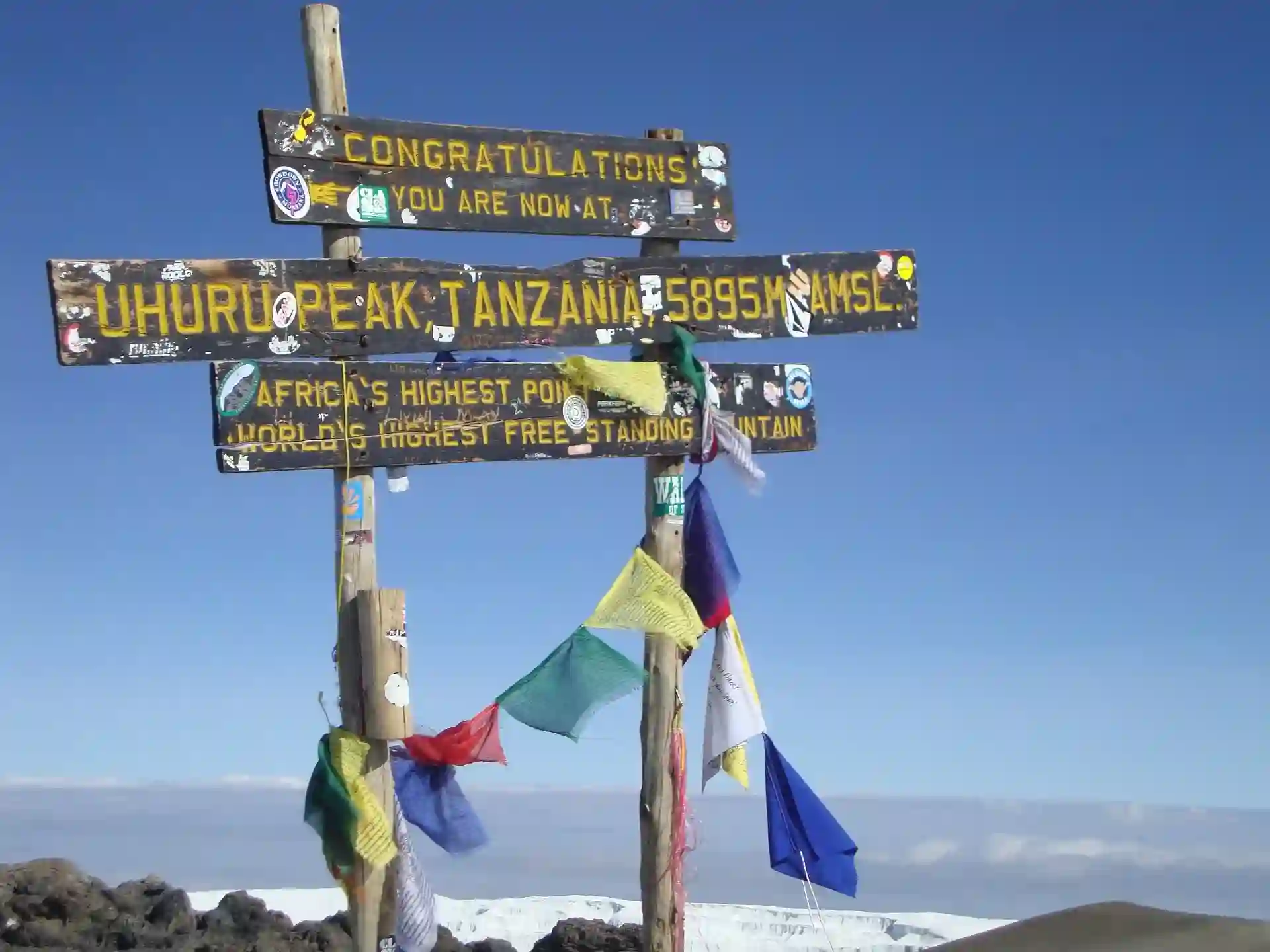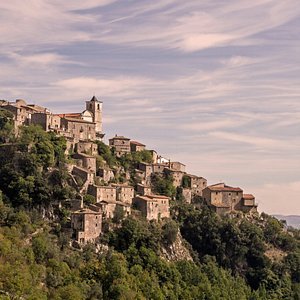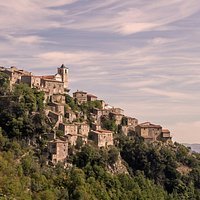
Ruaha National Park Tanzania
Together with neighboring conservation areas, Ruaha National Park forms the core of a wild and extended ecosystem covering about 40,000 sq km and providing home to Tanzania’s largest elephant population. In addition to the elephants, which are estimated to number about 12,000, the park (Tanzania’s largest, with an area of approximately 22,000 sq km) hosts large herds of buffaloes, as well as greater and lesser kudus, Grant’s gazelles, wild dogs, ostriches, cheetahs, roan and sable antelopes, and more than 400 different types of birds.
Ruaha is notable for its wild and striking topography, especially around the Great Ruaha River, which is its heart. Much of this topography is undulating plateau averaging about 900m in height with occasional rock outcrops and stands of baobabs. Mountain in the south and west reach to about 1600m and 1900m, respectively, and running through the park are several ‘sand’ rivers, most of which dry up during the dry season, when they are used by wildlife as corridors to reach areas where water remains.
Ruaha is also notable as it straddles a transition zone between East African savannah lands and the miombo (moist) woodlands more common further south, thus offering a mix of plant and animal species from both regions.
Although the area around the camps on the eastern side of the park fills up during the August to October high (dry) season, Ruaha receives relatively few visitors in comparison with the northern parks. Large sections are unexplored, and for much of the year, you’re likely to have things to yourself.
Whenever you visit, set aside as much time as you can spare; it’s not a place to be discovered on a quick in-and-out trip.
Sights & Activities
The best place to experience the park is along the river, especially the circuit that runs northeast, following the riverbanks, before turning inwards towards the area around Mwagusi Safari Camp. Birding here is especially fine and sightings of hippos, crocodiles and elephants are almost guaranteed. Try not to miss sunrise and sunset, when the large rocks dotting the river’s channel are illuminated and the bordering vegetation and flatlands come alive. Bat eared foxes and jackals are common around the Msembe area. Lions aren’t as readily seen as in the Serengeti, but they are definitely present, with the area just north of the river towards Mwagusi a good bet.From June to January, it’s possible to organize two- to three-hour walking safaris.














